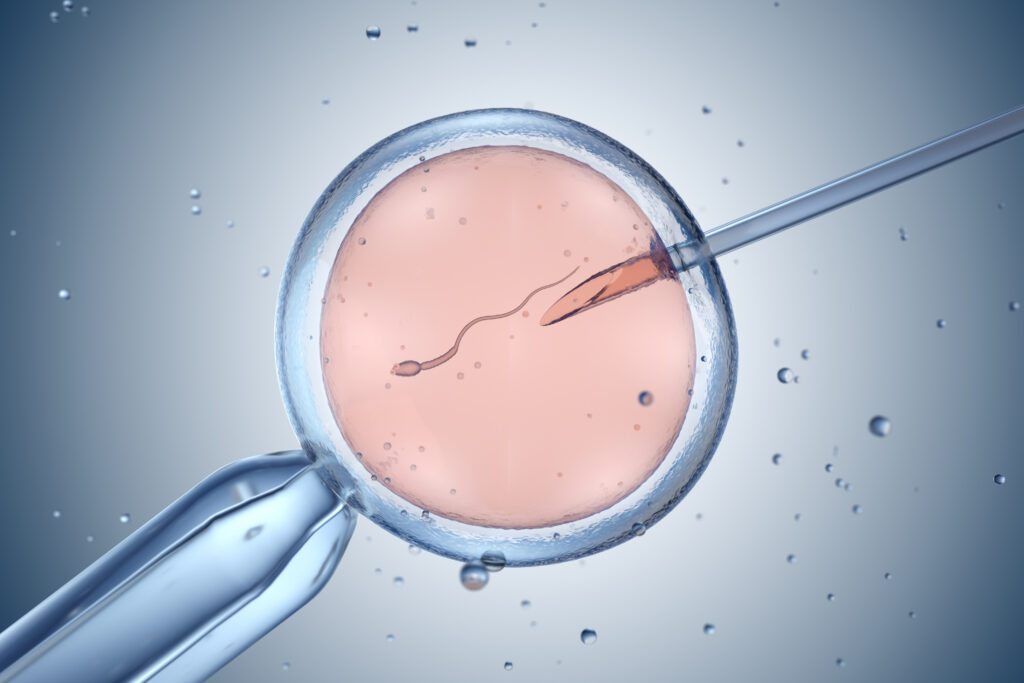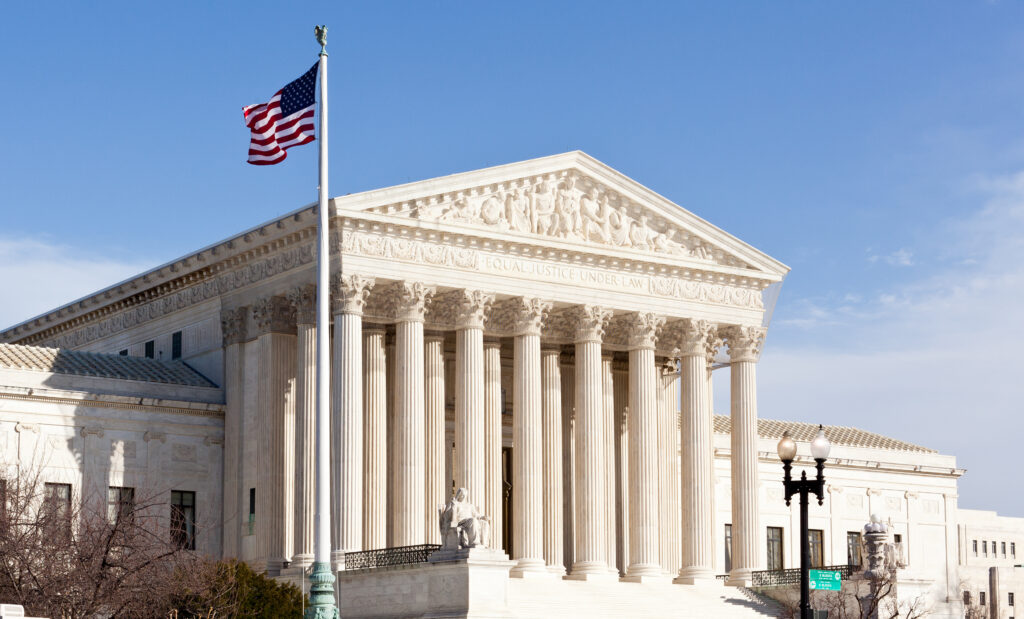Adoption Tax Credits: Utilization, State Expansions, and Taxpayer Savings


In 2013, the Charlotte Lozier Institute published a report titled, “The Adoption Tax Credit: Progress and Prospects for Expansion.” The report both outlines the history of the adoption tax credit at the federal level and analyzes the number of states that provide some form of tax relief for adoption. Since the report was published, the federal adoption tax credit has continued to increase in dollar amount and is utilized by tens of thousands of Americans pursuing adoption each year. In addition, several states have created or expanded adoption tax credits at the state level, helping to offset adoption costs for American families.
Federal Adoption Tax Credit
Since its inception in 1996 as a $5,000-maximum credit per child set to expire in 2001, the federal adoption tax credit has both been made permanent and been set to adjust annually for inflation. Accordingly, the maximum credit amount for 2017 has risen to $13,570.[1] Furthermore, while the credit is nonrefundable, it can be carried forward for five years. Many American families take advantage of the credit yearly, with nearly 74,000 tax returns claiming the credit in 2014[2]. The average credit claimed that year was $4,802, which totaled $355.1 million in relief for adoptive families.[3]
State Adoption Tax Credit
From 2012 to 2017, three states created some form of tax relief for residents adopting children: Alabama, Indiana, and Iowa. In the same time period, North Carolina allowed its adoption tax credit to expire[4]. This brings the total number of states providing tax relief for adoption to 19 (see table below). It is noteworthy that seven states, not included in the count of states providing adoption tax relief, have no income tax at all. Additionally, Tennessee and New Hampshire do not tax wages.[5]
The tax relief created by the three states mentioned is as follows:
- In 2014, Alabama created a tax credit of up to $1,000 for private, intrastate adoptions or the adoption of a qualified foster child.[6]
- In 2014, Indiana created a tax credit for either $1,000 or 10 percent of the resident’s claimed federal adoption tax credit, whichever amount is lower.[7]
- In 2016, Iowa created a tax credit for up to $2,500 related to adoption expenses. Furthermore, any amount beyond $2,500 could be eligible for an itemized deduction in the state.[8]
In addition to these newly created tax credits, two states increased the maximum tax credit possible per adopted child.
- In Ohio, the maximum tax credit possible was increased by $8,500 to $10,000 for nonrecurring adoption expenses.[9]
- In West Virginia, the maximum tax credit possible was increased by $2,000 to $4,000.[10]
Despite these gains, 22 states still provide no tax relief for adoption beyond the relief provided at the federal level, excluding those nine states which do not tax either income or wages.
Taxpayer Savings
Adoption tax credits not only alleviate financial burdens for adopting families, but also lower costs to taxpayers in both the short and long term. A 2011 report published by the National Council for Adoption reveals that for every child adopted out of foster care, taxpayers save $15,480[11] in state and federal expenditures. This dollar amount accounts for the maintenance and administrative costs of both foster care and adoption for each child. Furthermore, the societal benefits of placing foster children in permanent homes are numerous, including lower incarceration rates, higher rates of employment, and less dependence on government benefits, saving the taxpayer even more in the long term.[12] Multiplying these benefits by the more than 50,000 children adopted out of foster care every year results in hundreds of millions of dollars of taxpayer savings.[13]
Conclusion
The adoption tax credit is a simple and effective way for states to promote a culture of adoption and help alleviate the expenses incurred by tens of thousands of American families trying to adopt, while also easing the burden on the taxpayer. With less than half of states providing tax relief for those trying to adopt, there remains substantial room for improvement in creating a more adoption-friendly climate across the nation. The Charlotte Lozier Institute lauds those states which have created or expanded adoption tax credits since 2012 and reiterates its call for more states to support families choosing this life-affirming path.


To view the table as a PDF with sources, please see: State Adoption Tax Credit Table.
Matt Connell is an intern for the Charlotte Lozier Institute.
[1] http://www.adopthelp.com/the-2017-federal-adoption-tax-credit/
[2] 2017 Congressional Research Service report: “Adoption Tax Benefits: An Overview” https://fas.org/sgp/crs/misc/R44745.pdf
[3] Ibid.
[4] http://www.nacac.org/adoptionsubsidy/stateprofiles/northcarolina.html
[5] https://ttlc.intuit.com/questions/1901267-which-states-don-t-have-income-tax
[6] HB 48, Alabama legislation creating state adoption tax credit https://legiscan.com/AL/text/HB48/2014
[7] HEA 1222, Indiana legislation creating state adoption tax credit https://iga.in.gov/legislative/2014/bills/house/1222#document-8d7ea289
[8] House File 2468, Iowa legislation creating state adoption tax credit http://coolice.legis.iowa.gov/linc/85/external/HF2468_Introduced.pdf
[9] Ohio legislation increasing maximum tax credit amount http://archives.legislature.state.oh.us/bills.cfm?ID=130_SB_250
[10] West Virginia Code http://www.legis.state.wv.us/WVCODE/ChapterEntire.cfm?chap=11&art=21§ion=10A
[11] https://www.adoptioncouncil.org/images/stories/NCFA_ADOPTION_ADVOCATE_NO35.pdf
[12] “The Financial Logic for Recruiting More Foster Parents” http://www.fostercoalition.com/single-post/2015/03/31/The-Financial-Logic-for-Recruiting-More-Foster-Parents
[13] 2017 “Adoption: By the Numbers” report https://indd.adobe.com/view/4ae7a823-4140-4f27-961a-cd9f16a5f362

























